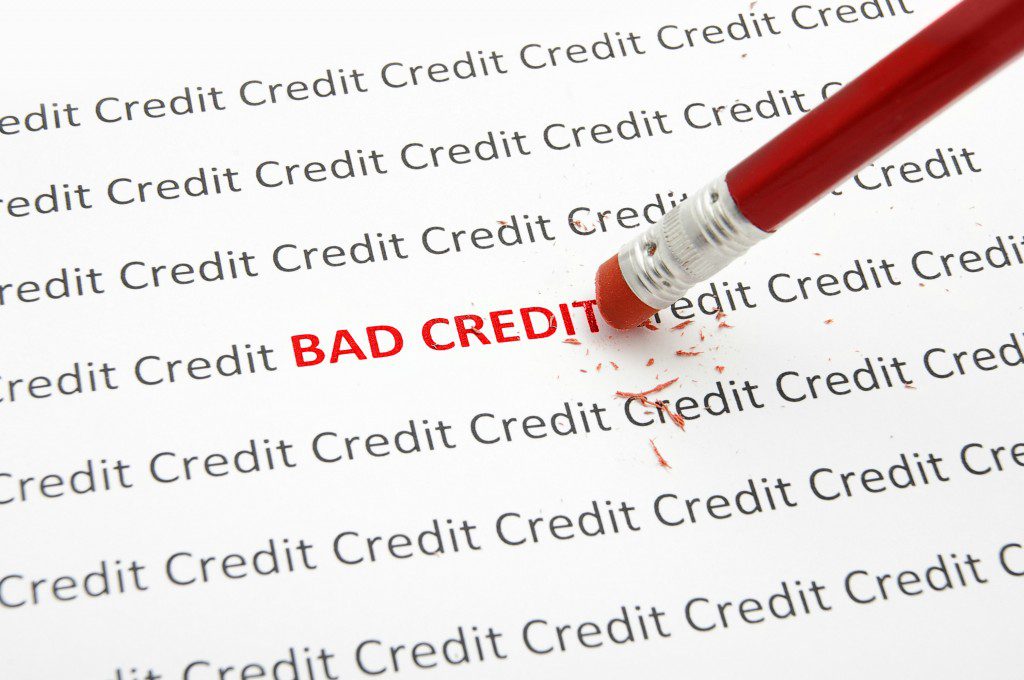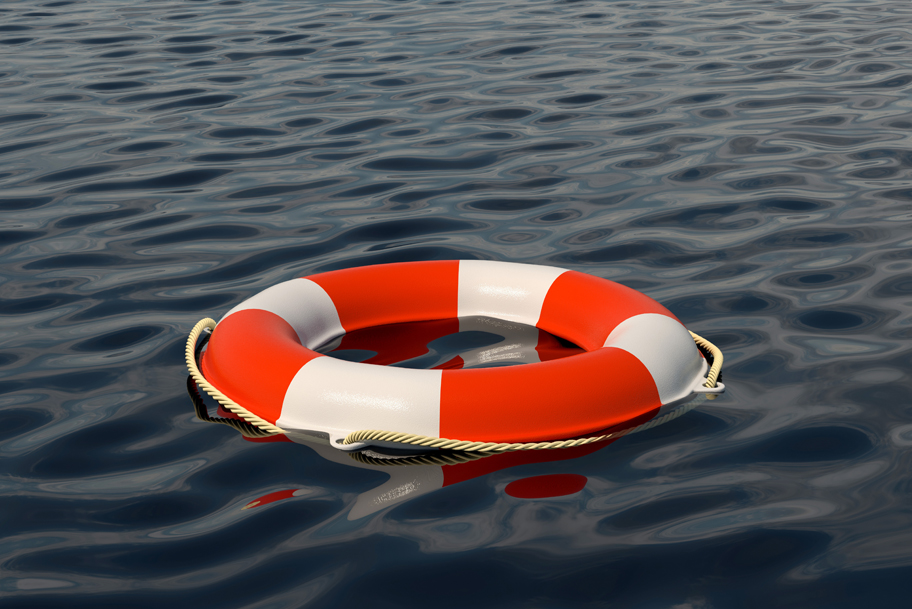Credit card debt has exceeded $1.08 trillion, keeping many stuck in high-interest cycles. At Paradigm Life®, we use The Perpetual Wealth Strategy™ to eliminate debt while building lasting financial stability. This guide outlines a five-step plan to help you regain control and achieve financial independence.
1. Identify Your Payment Strategy
Eliminating credit card debt starts with a well-structured payment strategy. It’s not just about making payments—it’s about making the right payments in the right way. Choosing an effective strategy can reduce interest costs, accelerate debt payoff, and keep you motivated throughout your journey to financial freedom.
Pay More Than the Minimums
Making only the minimum payments on your credit cards keeps you in debt longer and results in significant interest costs. Credit card companies set minimum payments low to maximize the amount of interest you pay over time.
Why paying more matters
- Reduces interest costs by decreasing the balance faster
- Shortens the repayment timeline, helping you become debt-free sooner
- Improves your credit score by lowering your credit utilization ratio
For example, if you have a $5,000 credit card balance with a 20% interest rate and a minimum payment of $100, it could take more than 30 years to pay off and cost thousands in interest. By increasing your monthly payment to $250, you could eliminate the debt in just over two years and save significantly on interest.
The Debt Snowball Method
The Debt Snowball Method focuses on small wins to build motivation. It involves listing all your debts from smallest to largest, regardless of interest rate, and focusing extra payments on the smallest debt while making minimum payments on the others.
How It Works
- List all your debts from smallest to largest.
- Pay the minimum on all debts except the smallest one.
- Apply any extra money to the smallest debt until it’s gone.
- Once the first debt is paid off, roll that payment amount into the next smallest debt.
- Repeat the process until all debts are eliminated.
Why It Works
- Provides psychological motivation by eliminating debts quickly
- Makes it easier to stay committed to debt repayment
- Reduces the number of payments, simplifying finances
For example, if you have a $500 credit card balance, a $2,000 personal loan, and a $10,000 student loan, you would pay off the $500 balance first, then apply that payment amount to the $2,000 loan, and so on. This approach works well for those who need motivation from small victories to stay engaged in their debt payoff journey.
The Debt Avalanche Method
The Debt Avalanche Method is designed to save you the most money on interest by prioritizing high-interest debts first.
How It Works
- List all your debts from highest to lowest interest rate.
- Pay the minimum on all debts except the one with the highest interest rate.
- Allocate extra money toward the highest-interest debt until it’s gone.
- Once that debt is paid off, apply the payment amount to the next highest-interest debt.
- Repeat until all debts are eliminated.
Why It Works
- Minimizes interest payments over time
- Speeds up overall debt payoff by reducing total interest costs
- Works best for those who are disciplined and want long-term savings
For example, if you have a $10,000 credit card balance at 24% interest, a $5,000 personal loan at 15%, and a $2,000 auto loan at 6%, you would focus on the $10,000 credit card first. This method saves the most money in the long run but may require more patience, as it does not provide immediate psychological wins like the Debt Snowball Method.
Automate Your Payments
Setting up automatic payments is a simple way to stay consistent and avoid missed payments.
Benefits of Automating Payments
- Prevents late fees and potential interest rate increases
- Improves your credit score by ensuring on-time payments
- Reduces stress by eliminating the need to remember due dates
- Keeps debt repayment on track by ensuring payments are made consistently
How to Set Up Automated Payments
- Log into your bank or credit card account and find the autopay option.
- Set up recurring payments for at least the minimum amount, but ideally, a higher fixed amount.
- Choose a payment date that aligns with your paycheck.
- Monitor your statements regularly to ensure payments are processed correctly.

2. Explore Debt Consolidation Options Including a Debt Consolidation Loan
Debt consolidation can be a powerful strategy for managing overwhelming credit card debt. Instead of juggling multiple balances with different due dates and interest rates, you combine your debts into a single, more manageable payment, often at a lower interest rate. This can simplify your finances, reduce your monthly payments, and accelerate your path to becoming debt-free.
What is Debt Consolidation and How Does It Work?
Debt consolidation involves taking out a new financial product—either a credit card or a loan—to pay off multiple existing debts. The goal is to:
- Lower the overall interest rate
- Reduce monthly payments
- Simplify debt repayment with a single payment schedule
- Pay off debt faster with structured repayment terms
By consolidating high-interest credit card balances, you can free up cash flow, reduce stress, and avoid missing payments. However, it’s important to choose the right consolidation method to maximize your financial benefits.
Debt Consolidation Options: Balance Transfer vs. Personal Loan
Debt consolidation simplifies repayment by combining multiple debts into a single payment, often with a lower interest rate. Two common options are 0% balance transfer credit cards and personal loans for debt consolidation.
0% Balance Transfer Credit Card
A 0% balance transfer card allows you to move your existing credit card balances to a new card with a 0% introductory APR for 12 to 18 months. This option helps you pay down debt interest-free during the promotional period.
Pros:
- Eliminates interest for a set period
- Consolidates multiple debts into one payment
- Helps pay off debt faster if repaid before the 0% APR expires
Cons:
- Requires a good credit score for approval
- Balance transfer fees (typically 3% to 5%) may apply
- High-interest rates return after the promo period if the balance isn’t paid off
Personal Debt Consolidation Loan
A personal loan for debt consolidation replaces multiple credit card balances with a fixed-rate loan, offering structured monthly payments over 12 to 60 months. This method reduces high-interest debt and provides a predictable repayment schedule.
Pros:
- Lower fixed interest rates compared to credit cards
- Predictable monthly payments
- Longer repayment terms for affordability
Cons:
- Requires a decent credit score for the best rates
- Some loans include origination fees or prepayment penalties
- Extending the loan term may increase overall interest paid
Best for: Those with multiple high-interest debts who prefer a structured, fixed-payment plan.
Which One is Right for You?
- Choose a personal loan if you need a longer repayment term and prefer a structured, fixed-interest plan.
- Choose a balance transfer card if you can pay off the debt within the 0% APR period and qualify for a low-fee transfer.

3. Negotiate with Creditors
Negotiating with creditors can be an effective way to lower your debt burden and make repayment more manageable. Many people don’t realize that credit card companies are often willing to adjust repayment terms—especially if you’re facing financial hardship. By initiating negotiations, you may be able to reduce interest rates, waive fees, or restructure your payment plan, helping you regain control of your finances.
Why Creditors Are Willing to Negotiate
Credit card companies prefer to recover some payment rather than none at all. If you’re struggling financially, creditors may be open to negotiation because:
- They would rather offer lower interest rates than risk you defaulting.
- Recovering partial payments is better for them than writing off the debt.
- Retaining you as a long-term customer is beneficial for their business.
How to Negotiate with Creditors Successfully
Assess Your Financial Situation
- How much can I realistically afford to pay each month?
- What is my current interest rate, and how much am I paying in fees?
- Am I experiencing a temporary hardship (such as job loss or medical expenses), or is my debt long-term?
Contact Your Credit Card Issuer
- Be honest about your situation: Explain your financial hardship and why you’re struggling to make payments.
- Request specific relief: Ask for lower interest rates, waived fees, or modified payment plans.
- Remain polite and professional: Creditors are more likely to work with you if you’re cooperative.
- Take notes: Document the conversation, including the representative’s name and details of any offers.
Ask About Hardship Programs
- Lower interest rates: Temporary reductions to help you pay off debt faster.
- Reduced minimum payments: Making payments more manageable.
- Payment deferrals: Allowing you to pause payments for a set period.
Hardship programs typically last between 6 to 12 months but can vary depending on the creditor.
How Negotiation Can Reduce Interest Rates and Fees
If successful, negotiations can significantly lower your total debt costs by:
- Re-aging your account: Bringing past-due accounts current, which can improve your credit score.
- Reducing interest rates: More of your payment goes toward the principal, accelerating debt repayment.
- Waiving late fees and penalties: Avoiding extra charges that increase your balance.

4. Consider Debt Relief and Assistance
When credit card debt becomes unmanageable, debt relief programs can provide structured solutions to regain financial stability. Options like Debt Management Plans, Bankruptcy, and Debt Settlement offer different ways to reduce or restructure debt, but each has its own benefits and risks.
Debt Management Plans (DMPs)
A Debt Management Plan (DMP) is a structured repayment program offered by nonprofit credit counseling agencies. It consolidates multiple debts into one fixed monthly payment, often with lower interest rates and waived fees negotiated by the agency.
Pros:
- Lower interest rates reduce the total cost of debt.
- Single monthly payment simplifies repayment.
- No new loan required, unlike debt consolidation.
Cons:
- Credit cards must be closed, which can affect your credit score.
- Takes three to five years to complete.
- Missed payments can cancel the program.
Best for: Individuals with high-interest debt who have steady income but need better repayment terms.
Bankruptcy: A Last Resort
Bankruptcy is a legal process that helps individuals eliminate or restructure debts. It can offer financial relief but has a severe long-term impact on credit.
Types of bankruptcy
- Chapter 7 bankruptcy (liquidation): Eliminates most unsecured debt but may require selling assets and stays on credit reports for 10 years.
- Chapter 13 bankruptcy (reorganization): Restructures debt into a court-approved repayment plan over three to five years, with a seven-year credit impact.
Debt Settlement
Debt settlement involves negotiating with creditors to pay less than what you owe in a lump sum. It can reduce total debt but often requires missed payments, which can severely impact credit scores.
Pros of Debt Settlement
- Reduces total debt owed, sometimes by 40% to 60%.
- Faster resolution compared to long-term repayment plans.
- Avoids bankruptcy, which has a longer-lasting credit impact.
Cons of Debt Settlement
- Forgiven debt may be taxable income.
- Credit score drops significantly due to non-payment.
- Creditors are not obligated to settle, and some may refuse.

Reduce Your Living Expenses
Finding ways to reduce your living expenses is a crucial step in freeing up more money to pay off credit card debt. By carefully examining your spending habits and making adjustments, you can redirect funds toward debt repayment, accelerating your journey to financial freedom. Even small changes in daily expenses can add up to significant savings over time.
Practical Tips for Freeing Up Money to Pay Off Debt
- Budgeting: Track your income and expenses to identify unnecessary spending. Cut back on dining out, subscriptions, and luxury purchases to free up cash for debt repayment.
- Cutting utility costs: Lower your energy and water bills by using efficient appliances, turning off lights, adjusting the thermostat, and fixing leaks. Small changes can add up to big savings.
- Smart grocery shopping: Plan meals, use grocery lists, and take advantage of sales, coupons, and bulk discounts. Opt for generic brands to reduce costs without sacrificing quality.
- Reducing transportation costs: Save on gas and maintenance by using public transportation, carpooling, biking, or walking when possible. Regular vehicle maintenance also improves fuel efficiency and prevents costly repairs.
- Downsizing: Consider moving to a smaller or more affordable home, refinancing your mortgage, or renting out extra space to lower housing costs and increase cash flow.
- Earning extra income: Take on part-time work, freelancing, or sell unused items to generate extra income, which can be directly applied to debt repayment.
How to Get Out of Debt With Credit Cards Starts With You
Becoming debt-free requires a disciplined and strategic approach. Key steps include:
- Choosing an effective payment strategy
- Exploring debt consolidation for lower interest rates
- Negotiating with creditors for better terms
- Considering debt relief options if needed
- Reducing expenses to free up more money for payments
Take Control of Your Debt
Becoming debt-free takes commitment, but with the right strategy, you can regain control of your finances. By prioritizing smart spending, reducing expenses, and using proven debt repayment methods, you can break free from high-interest credit card debt and build a more secure financial future.
Start today—take the first step toward financial freedom and a debt-free life.







